Essential Bike Pump Maintenance: How to Maintain Your Bike Pump for Longevity
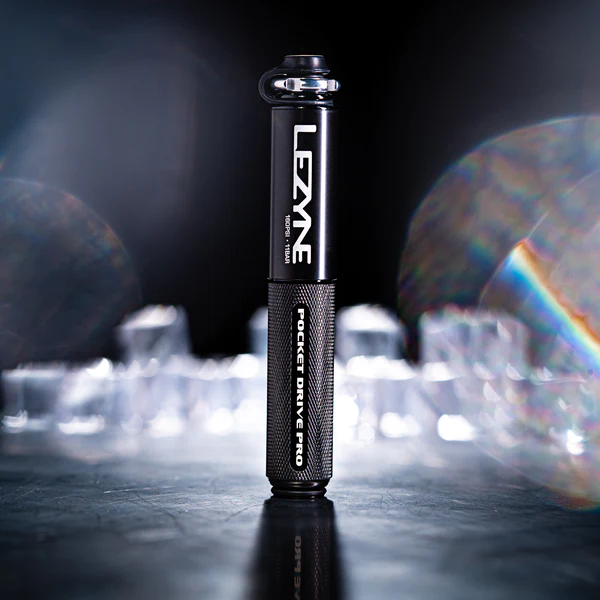
Key Point Summary of How to Maintain Your Bike Pump for Longevity:
- Regular Cleaning: Keep your pump free from dirt and grime to prevent internal damage.
- Proper Storage: Store your pump in a dry, clean place to avoid rust and degradation.
- Check for Air Leaks: Regularly inspect your pump for any signs of air leaks, which can compromise its efficiency.
- Lubrication: Apply lubricant to moving parts to ensure smooth operation and prevent wear.
- Seal and O-Ring Care: Replace worn seals and O-rings to maintain a good air seal.
- Handle with Care: Use your pump as intended to avoid undue stress on its components.
As someone who’s spent a considerable chunk of their life racing and riding across various terrains—from the rugged trails of mountain biking, the loose gravel of backcountry roads, to the disciplined circuits of cyclocross—I’ve come to appreciate the small but mighty bike pump.
It’s one of those tools that, when well-maintained, can last you a lifetime, ensuring you’re never left flat when you’re miles from home. In this piece, I’m diving into the essentials of maintaining your bike pump to ensure its longevity. This is coming from a place of experience, mishaps, and many lessons learned, aimed at helping cyclists with beginner to mid-level experience keep their pumps in prime condition.
In the Thick of It
Let’s dive a bit deeper into the world of bike pump maintenance, shall we? Drawing from years spent tweaking and tuning not just my bikes but also the tools that keep them running, I’ve realized the importance of giving my bike pump the same TLC I give my bikes.
Regular Cleaning
After a particularly muddy cyclocross race, I discovered my pump had become a casualty of the day—not from use, but from simply lying around. It was caked in mud. This was my first real lesson in the importance of keeping the pump clean. Dirt and grime can work their way into the internals, causing premature wear or even damaging the seals. A simple wipe down after use, especially if it’s been in a dirty environment, can go a long way.
Proper Storage
I’ve had my fair share of garage mishaps, including a pump that once fell victim to a rust invasion, thanks to being stored in a damp corner. Moisture is the enemy of longevity, especially for metal components. Storing your pump in a dry, clean place not only prevents rust but also keeps it from becoming a haven for spiders (yes, that’s happened).

Check for Air Leaks
There was this one ride, miles into the backcountry, when I found my front tire was losing air. No puncture, just a slow leak. My trusty pump was going to save the day, except it too was suffering from a leak, between the hose and the body. Regularly inspecting your pump for any signs of air leaks can save you from being stranded. Tighten up connections and replace parts as necessary to keep it airtight.
Lubrication: The Squeaky Wheel Gets the Grease
Or in this case, the pump. Parts of your pump, especially the plunger, benefit from occasional lubrication. This reduces friction, making it easier to pump and extending the life of the seals. Use a lubricant compatible with your pump’s materials—silicone-based lubricants are often a safe bet.
Seal and O-Ring Care
The seals and O-rings are what keep the air going where it’s supposed to. Over time, these can wear out or dry up, leading to inefficiencies or leaks. Replacing these, much like replacing worn tires on a bike, can breathe new life into your pump. Most manufacturers offer replacement kits, making this a simple fix.
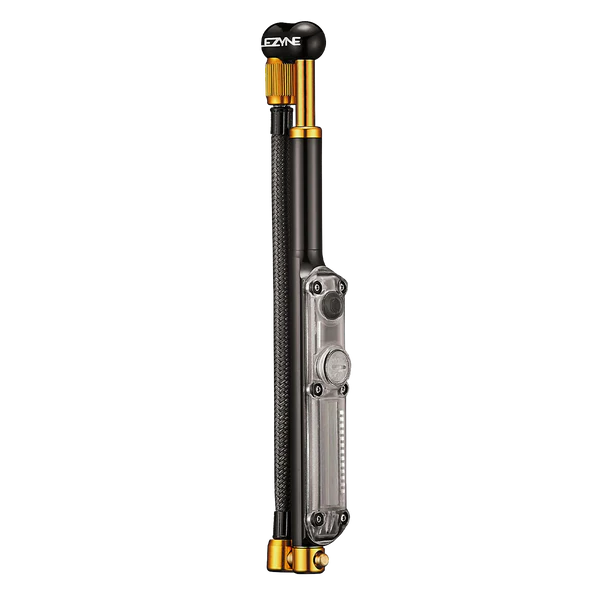
Handle with Care
Perhaps the most straightforward advice I can give, learned after bending the handle of my pump in a moment of overzealous inflation, is to handle your pump with care. These tools are designed to perform under pressure, but they’re not indestructible. Use the proper technique, don’t force it, and your pump will serve you faithfully for years.
How to Maintain Your Bike Pump for Longevity: Parting Thoughts
Maintaining your bike pump might not be the most glamorous part of cycling, but it’s undeniably crucial. A well-maintained pump is reliable, efficient, and ready at a moment’s notice—qualities that every cyclist values, whether you’re just starting or have miles of experience under your belt.
In my years of cycling, I’ve had pumps last longer than bikes, testament to the fact that with a little care and attention, these essential tools can indeed last a lifetime. So, next time you’re giving your bike a once-over, don’t forget to include your pump in the maintenance routine. It might just be the difference between a smooth ride and a long walk home.
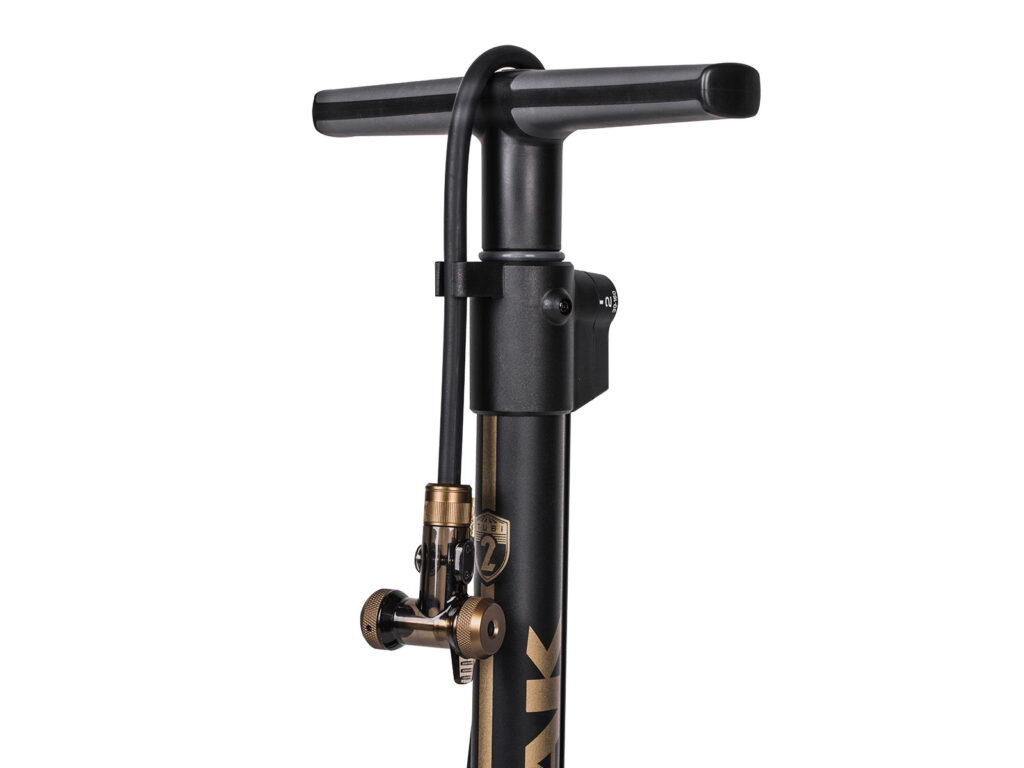
When looking for a bike pump that offers ease of cleaning, it’s crucial to consider models designed with simplicity and durability in mind, as well as those that allow easy access to internal parts for maintenance. A pump with fewer nooks and crannies where dirt can accumulate will be easier to keep clean. Additionally, a model with a detachable hose or head can make cleaning simpler, as these parts often collect the most dirt and grime from regular use.
- Detachable Parts: Look for pumps with detachable hoses or heads, making it easier to access and clean these components separately.
- Sealed Base and Handle: Pumps with fewer openings or a sealed design can prevent dirt from getting inside the barrel or mechanism.
- Material: Pumps made from materials that are resistant to corrosion and easy to wipe down, like aluminum or stainless steel, are preferable.
- Smooth Exterior Design: Pumps with a smooth exterior and minimal crevices reduce the accumulation of dirt and are easier to wipe clean.
A specific model that historically meets these criteria is the Lezyne Steel Floor Drive Pump. It’s known for its durable steel barrel and piston, aluminum base, and varnished wood handle. The hose is long, detachable, and easily replaceable, which aids in cleaning and maintenance. The pump also features a large, easy-to-read gauge and a simple, effective connection mechanism that minimizes dirt accumulation.
Another notable mention could be the Topeak Joe Blow Sport III, which has a solid construction and a double-sided twin head for Presta and Schrader valves that are detachable for cleaning. It also features a hose dock that helps keep the hose and head clean when not in use.
Remember, the best pump for you depends on your specific needs, including the types of bikes you’re inflating, the space you have for storage, and, of course, how often you plan on cleaning it. Checking the latest reviews and cycling forums can also provide up-to-date recommendations on models that are currently favored for their ease of maintenance and cleaning.
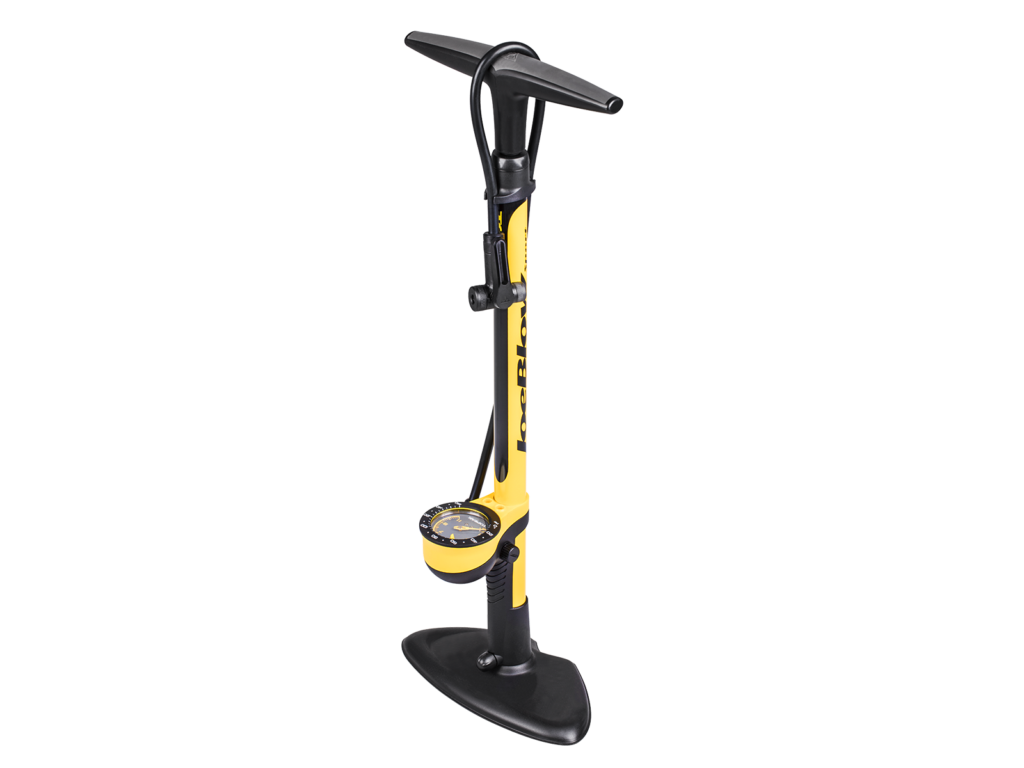
FAQ
How do I lubricate my bike pump?
To lubricate your bike pump, disassemble the pump head and hose (if possible), then apply a silicone-based lubricant to the pump’s plunger and any moving parts. Avoid petroleum-based lubricants as they can degrade rubber seals.
Do bicycle pumps wear out?
Yes, bicycle pumps can wear out over time. The seals, O-rings, and internal mechanisms can degrade with use, especially if not maintained properly, leading to reduced efficiency or failure.
Do bike pumps stop working?
Bike pumps can stop working effectively due to leaks, damaged seals, clogged valves, or wear and tear on internal components. Regular maintenance and part replacements can prevent or resolve these issues.
What is the disadvantage of bicycle pump?
The main disadvantage of a bicycle pump is the physical effort required, especially with manual hand or foot pumps when inflating high-pressure tires. Additionally, portability can be an issue with larger floor pumps, and durability concerns may arise with cheaper models.
Ride on
John
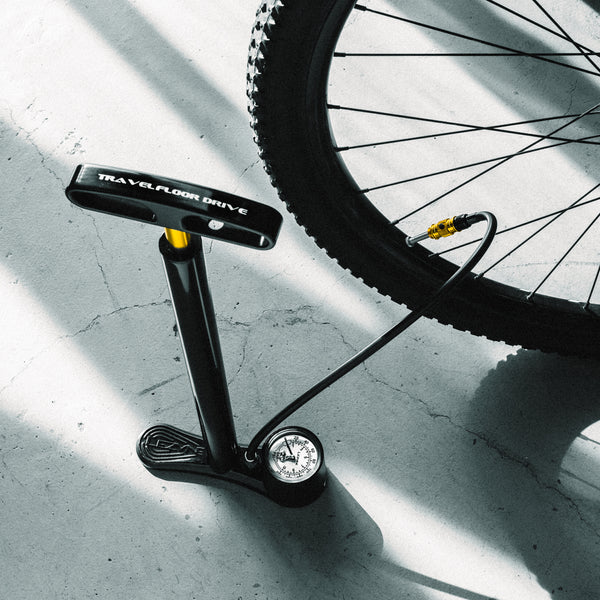
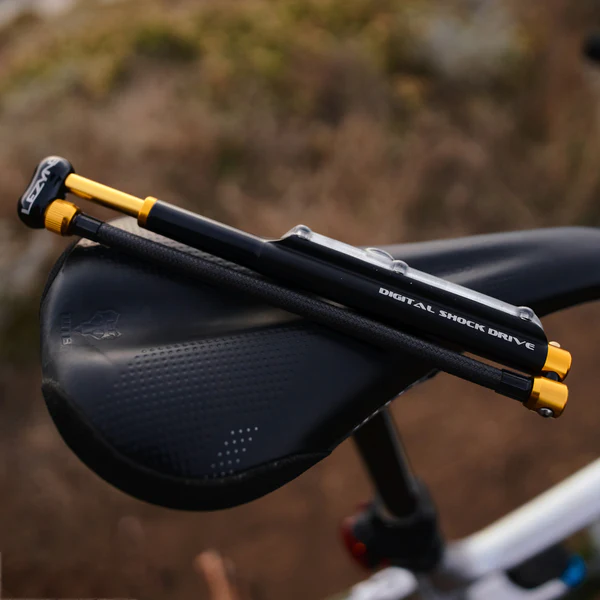

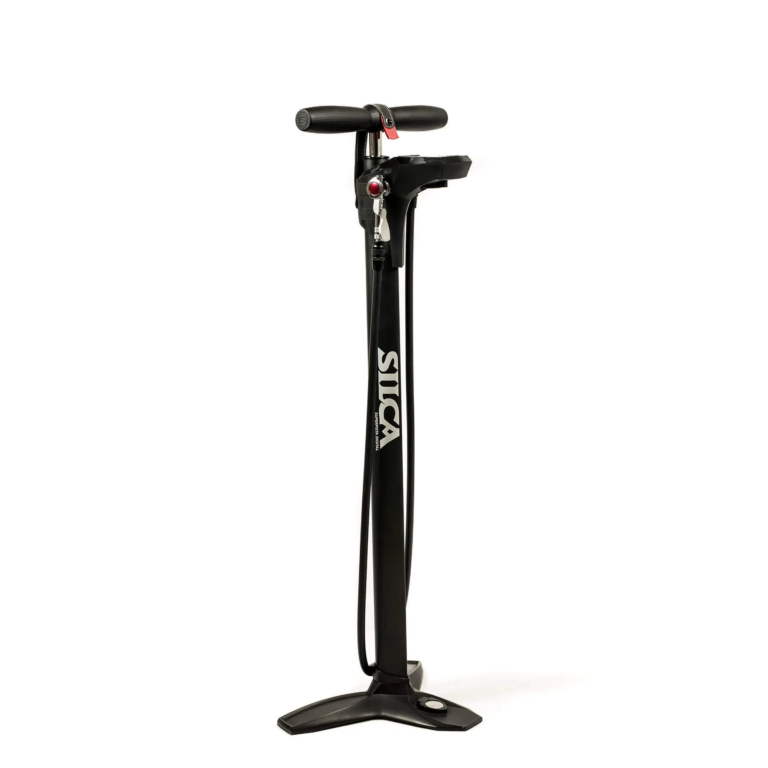
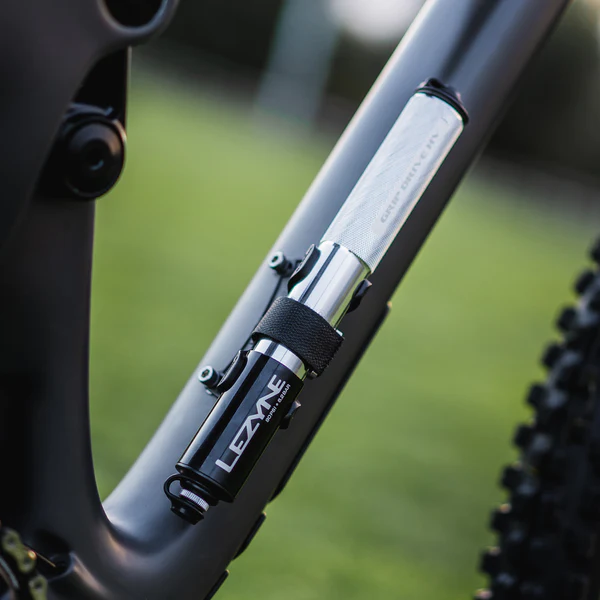
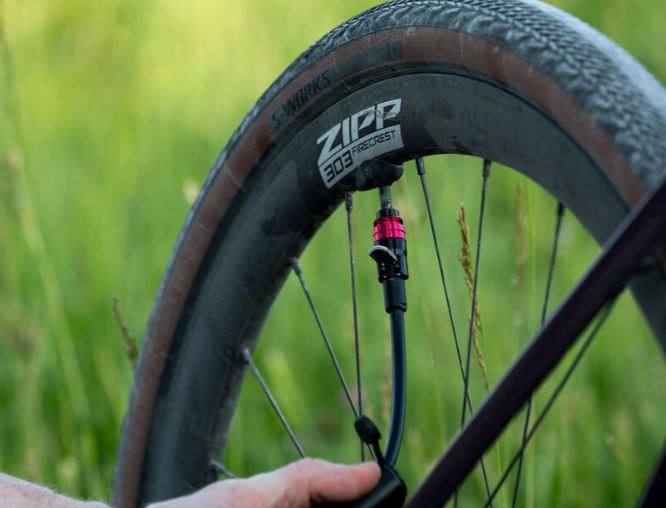
I’m not that much of ɑ online reader to bе honest
but your sites really nice, keep it up! I’ll gο ahead and bookmark уour sіte to
come back in the futurе. Cheers